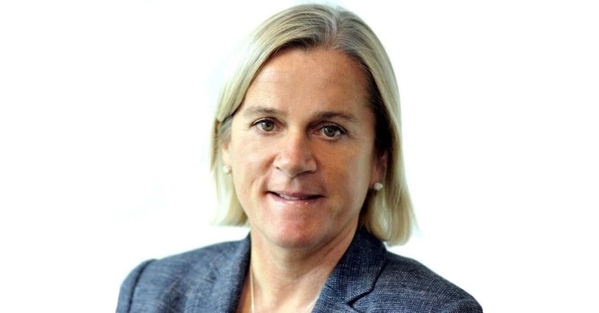You are viewing 1 of your 2 free articles
Foreign Office issues EES advisories ahead of October 12 introduction
Foreign Office advice to almost 30 European countries has been updated to reflect the introduction of the EU’s Entry Exit System (EES) on October 12.
UK travellers to countries in the Schengen area may face “longer than usual” waits at the border as the system comes into operation.
The advisories, less than a week before EES begins to become an entry requirement following a delay from last autumn, notes that it may take some destinations up to six months to fully establish the new process.
People from the UK will need to register biometric details, such as fingerprints and a photograph.
The Foreign, Commonwealth & Development Office (FCDO) said: “On your first visit into a Schengen country from 12 October onwards, you may be asked to register your details at a special booth before proceeding to the immigration desk.
“Follow directions from your travel operator or the staff at your port of entry.
“You may also need to provide either your fingerprint or photo when you leave the Schengen area. Children aged 11 or younger will not have their fingerprints scanned but may need their photo taken.
“EES may take each passenger a few extra minutes to complete so be prepared to wait longer than usual at the border.”
However, FCDO added: “EES will not be rolled out to all ports of entry at once, the numbers of passengers being registered at each port of entry will vary, and some destinations may take up to six months to fully roll out the new process.
“Until EES is fully rolled out your passport will continue to be stamped, even if you’ve already been registered for EES.
“Once EES is fully rolled out, it will replace the current system of manually stamping passports when visitors arrive in the Schengen area for short stays and you will input biometric details every time you enter or exit.”
Information will be taken at the border before leaving the UK for those travelling by ferry from Dover, Eurostar from St Pancras station or Eurotunnel from Folkestone.
EES will apply for travel to Austria, Belgium, Bulgaria, Croatia, Czech Republic, Denmark, Estonia, Finland, France, Germany, Greece, Hungary, Iceland, Italy, Latvia, Liechtenstein, Lithuania, Luxembourg, Malta, Netherlands, Norway, Poland, Portugal, Romania, Slovakia, Slovenia, Spain, Sweden and Switzerland.
EES is not applicable when travelling to Ireland or Cyprus as neither are within the Schengen area.
Digital EES records will be valid for three years, with British travellers needing to provide a fingerprint or photo at the border on entry and exit after a digital record has been created on the first visit.
Cruise ships that start and finish their journey at a UK port will “generally” be exempt from EES checks, including for any day trips into the Schengen area that are part of their itinerary.
The FCDO added: “Travellers who disembark a cruise within the Schengen area, and travel on to a further destination, including an alternative port, by other means, will need to complete EES checks when leaving the ship.
“Any travellers boarding a cruise within the Schengen area will need to complete EES checks at their initial entry point port of entry to the Schengen area.”
The EU will then start operating the new European Travel Information and Authorisation System (Etias) in 2026.
“No action is required from travellers at this point,” the FCDO said.
The EU will announce the specific date for the start of Etias "several months" before its launch, expected to be in the last quarter of next year.
“When Etias is introduced, you will need to apply for authorisation to enter Schengen area countries if using a UK passport,” the FCDO said.
“You will need to provide personal information and details about your trip, and pay a €20 fee, as part of the authorisation process.”


















